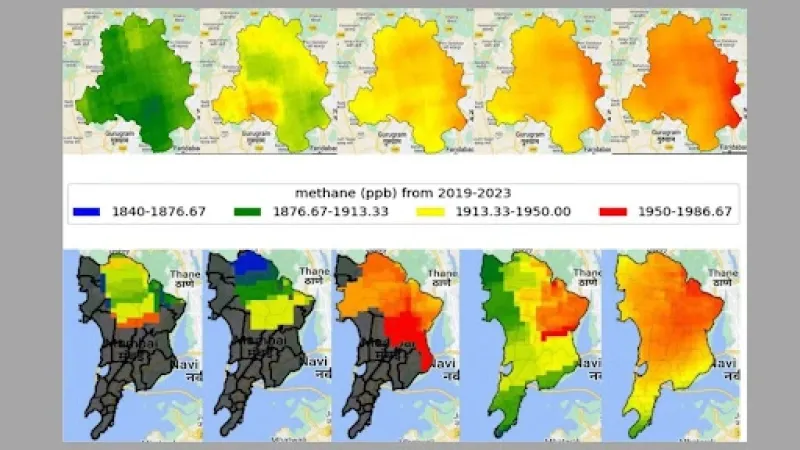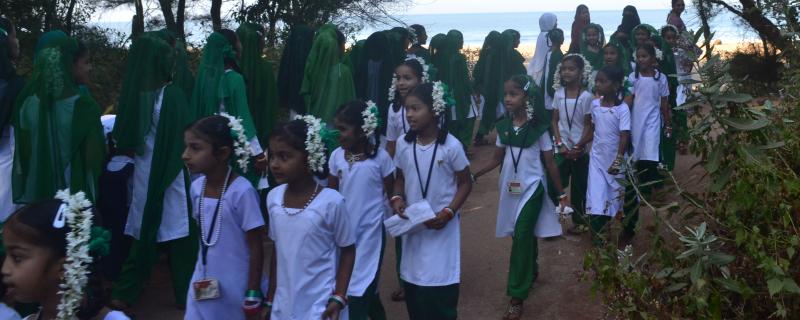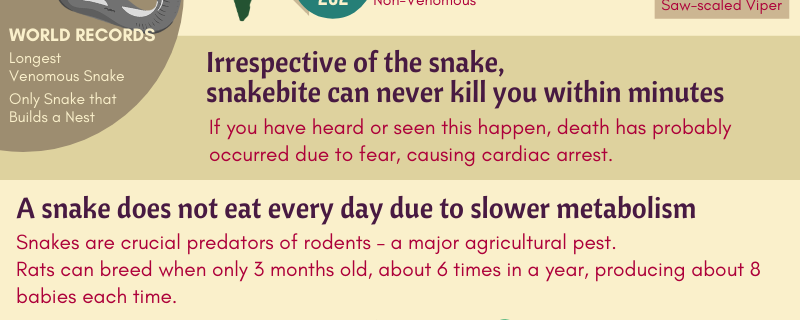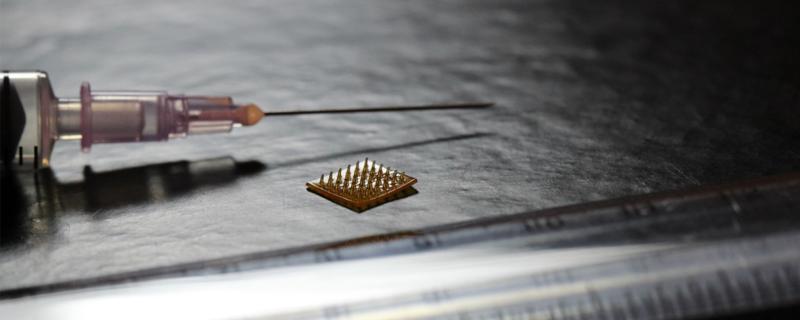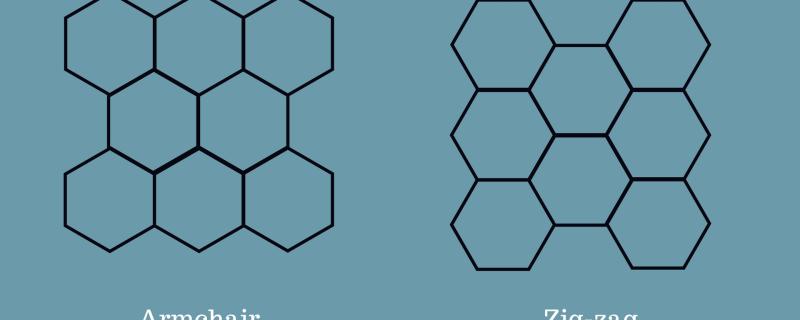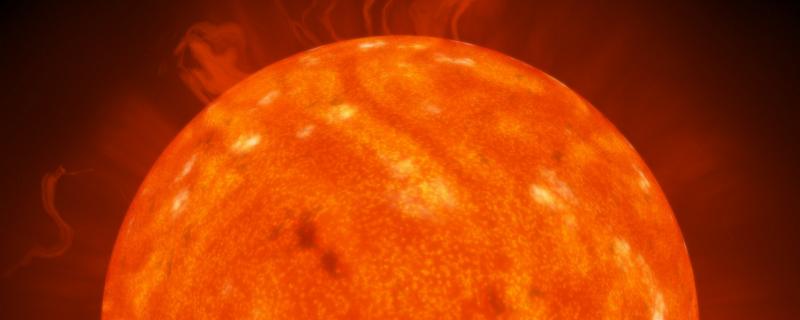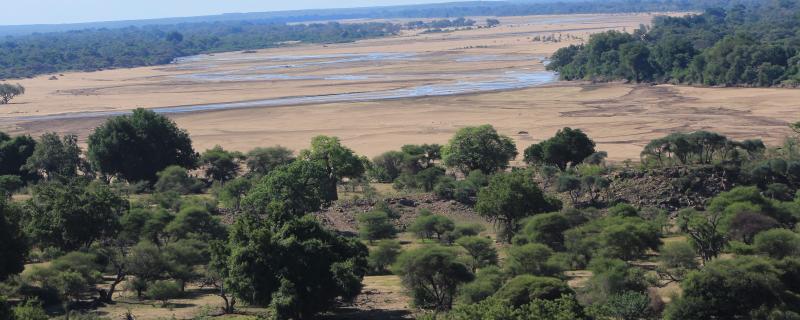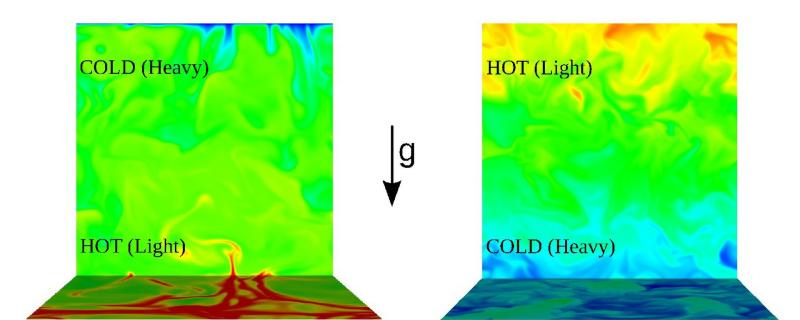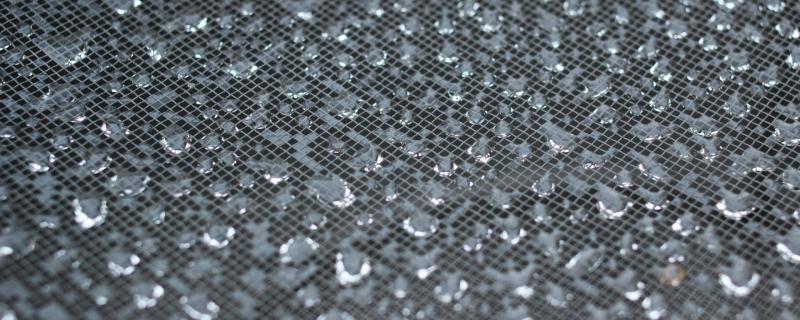How does the 'safe' way of just learning theoretical lessons affect the brain of a child in school? Can touching feeling and playing be effective ways of teahing science? See what Arvind Gupta of Arvind gupta toys, says about how childern can effectively learn science through play.
Archives
Most of the knowledge a common man has about reptiles is based on stories and hearsay. It is high time we find out authentic truths and coexist with the wildlife that often finds its way to our homes, farms and other urban spaces.
From their first appearance on the academic scene as a tool for dissection to making it into mainstream medicine and cosmetics in the recent years, microneedles have an array of applications. Dr.Venuganti and a team of researchers from the Birla Institute of Technology and Science, Hyderabad and the US Food and Drug Administration, recount the journey microneedles have made through the years and the range of possible applications in the future.
Venkata S. Murthy Gudlavalleti from the Indian Institute of Public Health, Hyderabad has been studying childhood blindness in the country to understand the causes, severity and extent of the disability.
Graphene is a form of carbon, just like diamond and graphite. It is made of a honeycomb shaped sheet of single layer of carbon atoms. Researchers from the Indian Institute of Science and University of Alabama have studied this material for its property of conducting electricity. Their study indicates that electrons can flow easily on the edges of graphene making it a very good conductor of electricity.
An international team of scientists from University of Glasgow, UK, Chinese Academy of Sciences, China, Institute of Solar Terrestrial Physics, Russia, West Kentucky University, USA, National Academy of Sciences of Ukraine, Ukraine and Indian Institute of Science, Education and Research (IISER)- Pune, India have proposed a novel method to accurately study radio obse
The Amazon river is the largest river system in the world, discharging huge volumes of fresh water into the ocean. Scientists from the Center for Atmospheric and Oceanic sciences have explored what would be the effect of the reduction in the Amazon river’s runoff into the ocean. The scientists demonstrate the wide ranging climatic changes that can occur if the river discharges lesser water into the Atlantic ocean.
A team, including scientists from University of California, Santa Barbara, USA and Indian Institute of Technology -Kanpur, have developed a new technique to reduce the amount of carbon dioxide produced while making hydrogen. The new method not only reduces the amount of greenhouse gases, but also allows for the reuse of carbon that is produced in the reaction.
When energy is supplied to a fluid, it flows. As this energy is increased the flow becomes turbulent. If the energy is provided through heat, we see buoyancy driven turbulence, where the hotter fluid rises to the top and colder fluid moves to the bottom. A conjecture that explained such buoyancy driven turbulent flows may now be overturned. New insights gained in a study using one the world’s most powerful supercomputer could help better explain such flows.
In a first, scientists from Indian Institute of Technology Ropar (IIT RPR), Rupnagar, University of Edinburgh and Indian Institute of Technology Kharagpur (IIT Kgp) have demonstrated a phenomenon called ‘inverse Marangoni effect’ using nanodroplets of pure water.
